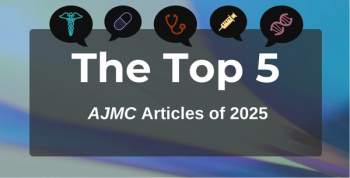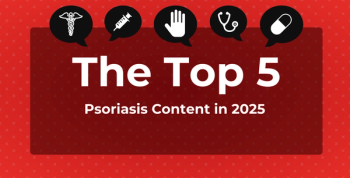
Lack of Payer Support a Barrier to Diabetes Prevention, CDC Reports
On the plus side, a partnership with the American Medical Association appears to have contributed to a rise in provider referrals to lifestyle modification programs.
Getting payers to cover diabetes prevention programs and helping doctors connect eligible patients to get them enrolled are among the roadblocks to realizing the potential of the National Diabetes Prevention Program (DPP), according to a report from the CDC.
On the bright side, CDC’s partnership with the American Medical Association (AMA) to engage physicians contributed to sizable jump in the number of patients who enrolled in the yearlong program, based on data compiled by states and submitted to CDC. The data were presented in a December 7, 2017,
Congress established the National DPP in 2010 after studies by the National Institutes of Health showed the lifestyle change program was 58% effective in keeping people with prediabetes from progressing to type 2 diabetes (T2D). CDC has been a key player in efforts to bring the National DPP to the country, establishing standards for groups to present the DPP curriculum and awarding funds to scale the program nationwide.
In that mission, CDC works with state health departments and private organizations, including the YMCA and the American Association of Diabetes Educators, to bring the DPP to the community level. Starting in 2013, states began tracking efforts to implement DPP, and last week’s report reflects data from the second and third years of that effort (2015-2016).
In 2015, CDC formed a
- Forty-seven state health departments said they had programs to boost provider referrals to lifestyle change programs by 2016, a 62% increase from the prior year.
- In 2016, 67.6% of those who took part in a lifestyle program were referred by a provider.
- The most common activity reported was use of the AMA/CDC provider tool kit.
Payer help needed. The most effective payer initiatives appeared to be those involving state employees and Medicaid beneficiaries; by 2016, 42 state health departments making the program available to state workers.
However, the report said, “Lack of insurance coverage for the National DPP was reported as a significant barrier,” and that 1 state health office said the failure of insurers to fully pay the costs of the program had the effect of transferring costs to the service sites—in effect, Medicaid was subsidizing private employers who refused to pay for prediabetes.
One good sign, however, was the 46% increase from 2015 to 2016 in state health department activities to identify high-risk people. These tasks included training lifestyle coaches, developing marketing plans, and creating culturally appropriate materials to reach populations most at risk for T2D.
In April 2018, Medicare will begin offering DPP to beneficiaries for the first time through rules that were approved in 2016 and 2017.
Reference
Mensa-Wilmot Y, Bowen SA, Rutledge S, et al. Early results of states’ efforts to support, scale, and sustain the National Diabetes Prevention Program. Prev Chron Dis. 2017;14:170478. doi:
Newsletter
Stay ahead of policy, cost, and value—subscribe to AJMC for expert insights at the intersection of clinical care and health economics.








































